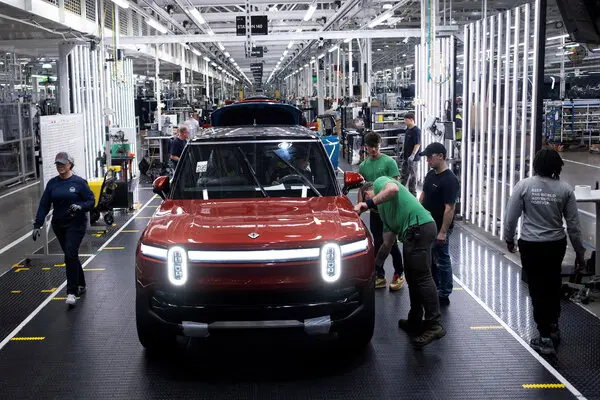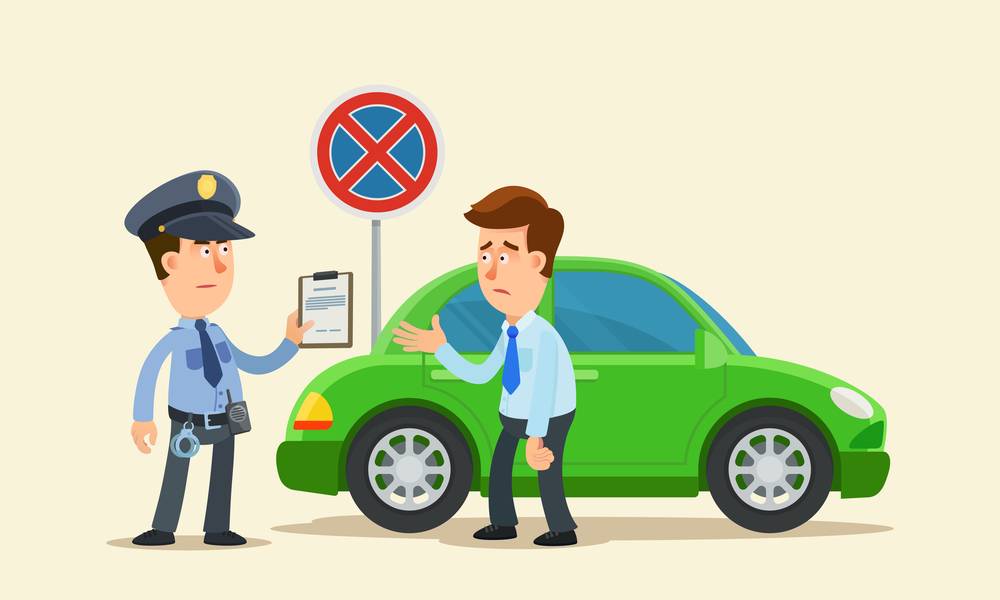As we step into 2024, the landscape of driving regulations is undergoing significant updates globally. With a focus on safety, sustainability, and technological integration, governments are revising traffic laws and vehicle requirements to address modern challenges. This article outlines the most critical changes in driving regulations for 2024, ensuring that motorists stay informed and compliant.
Why the Updates Matter
Understanding new driving regulations is crucial not only for compliance but also for enhancing road safety and environmental sustainability. These updates reflect the evolving needs of urban and rural transportation, aiming to minimize accidents, reduce emissions, and accommodate emerging technologies such as electric vehicles and autonomous driving systems.
Key Driving Regulation Updates in 2024
Stricter Emission Standards
One of the most significant changes for 2024 revolves around vehicle emissions. Many countries are implementing stricter standards to combat air pollution. In Europe, the Euro 7 standards are set to come into effect, targeting both petrol and diesel vehicles. In the United States, the Environmental Protection Agency (EPA) has introduced new thresholds for greenhouse gas emissions, focusing on light and heavy-duty vehicles. Countries in Asia, such as India and China, are aligning with international norms to reduce vehicular pollution. Motorists are encouraged to regularly maintain their vehicles and consider transitioning to electric or hybrid options to meet compliance requirements.
Enhanced Penalties for Traffic Violations
Governments worldwide are increasing fines and penalties for common traffic violations, including speeding, distracted driving, and drunk driving. In several U.S. states, penalties for speeding have doubled, and using mobile devices while driving now carries more severe consequences. European countries are also implementing stricter rules on drunk driving, with lower blood alcohol concentration limits being enforced. The goal of these changes is to promote responsible driving and reduce accidents caused by negligence.
Introduction of Electric Vehicle (EV) Incentives and Mandates
To accelerate the adoption of sustainable transport, many regions are introducing incentives for electric vehicle ownership. These include tax rebates, free charging stations, and exemptions from certain road taxes. Some countries, such as Norway and the Netherlands, are also setting deadlines for phasing out the sale of internal combustion engine vehicles. For motorists, this is an excellent opportunity to invest in EVs and take advantage of the available incentives.
Autonomous Vehicle Regulations
With the rise of autonomous vehicle technology, new laws are being introduced to regulate its use. In 2024, several countries are setting stricter testing standards for self-driving cars to ensure road safety. In the United States, specific states now require a licensed driver to be present in autonomous vehicles as a precaution. For companies developing these technologies, these regulations are paving the way for broader adoption while maintaining public trust.
Focus on Cyclist and Pedestrian Safety
Improving the safety of cyclists and pedestrians is a priority in 2024. Many urban areas are redesigning roads to include dedicated bike lanes and pedestrian zones. New laws are being introduced to enforce a minimum distance between vehicles and cyclists when overtaking. Drivers are urged to stay vigilant and respect these new measures, as penalties for endangering vulnerable road users have increased significantly.
Digital Driver’s Licenses and Vehicle Registrations
The digital transformation is extending to driving regulations, with several countries adopting digital driver’s licenses and vehicle registrations. This move aims to simplify processes and reduce paperwork. Digital licenses can now be stored on smartphones and are widely accepted during routine checks. Motorists are advised to check with their local authorities for the rollout schedules and compatibility requirements.
How to Stay Compliant with the New Regulations
To ensure compliance with the updated driving regulations, motorists should stay informed through official government announcements and reliable news sources. Regular vehicle maintenance and adhering to emission standards are vital. Drivers should also participate in defensive driving courses, which are now more widely available and can sometimes reduce insurance premiums. For those considering transitioning to electric vehicles, research the incentives available in your area to make informed decisions.
Conclusion
The driving regulations of 2024 reflect the global focus on safety, sustainability, and innovation. By understanding and adhering to these changes, motorists can contribute to safer roads, a healthier environment, and a more efficient transportation system. Staying informed is key, and proactive measures such as regular vehicle maintenance, investing in new technologies, and respecting traffic laws will ensure a smooth transition into the future of driving.





